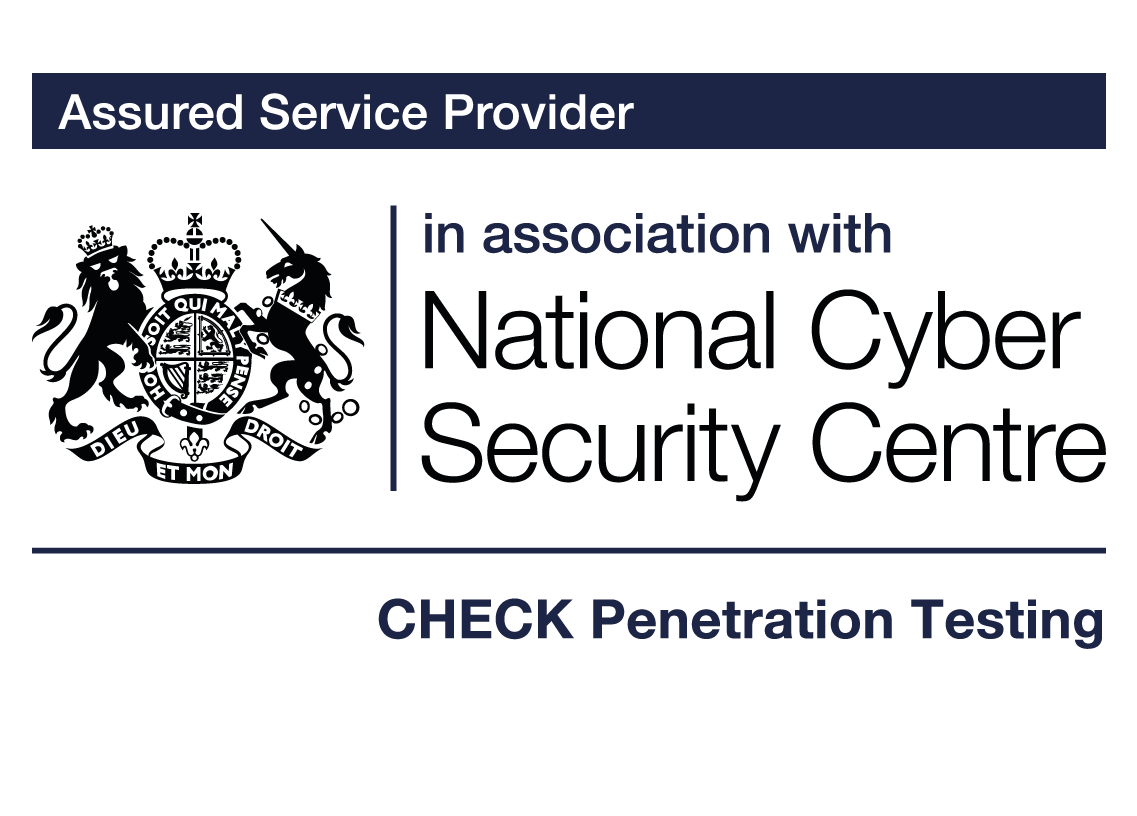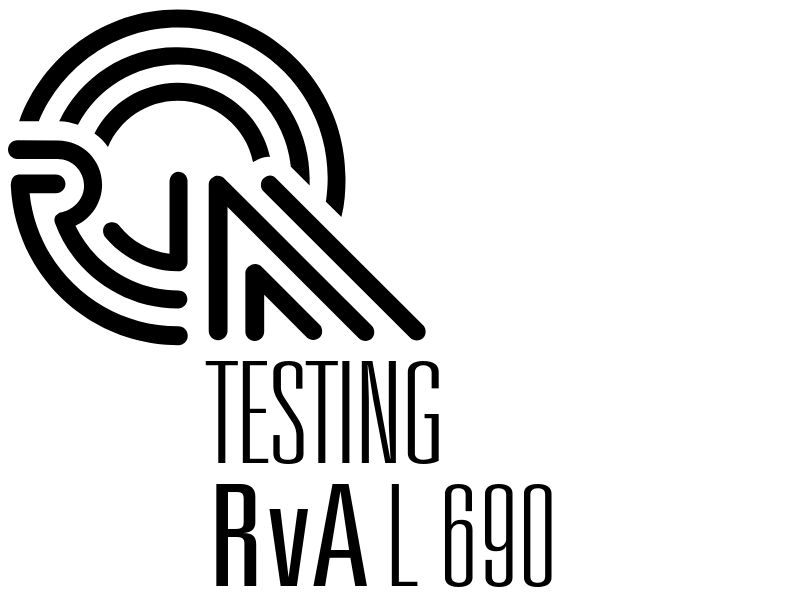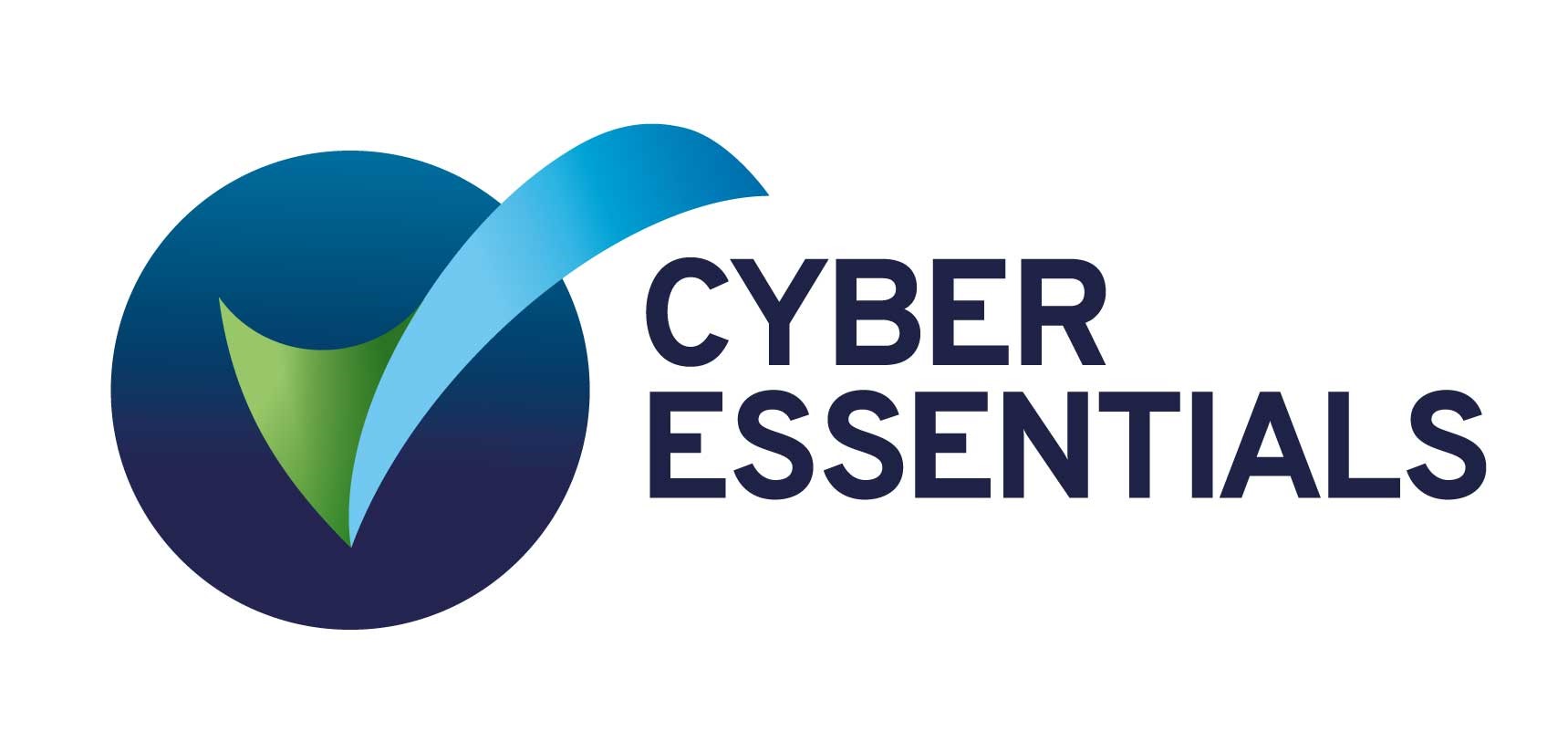Interoperable Demand Side Response
Over the Winter of 2022/23, a series of significant events in the UK’s electricity supply network featured in the national news. Run by the Electricity System Operator for Great Britain (ESO), the Demand Flexibility Service offered consumers and businesses discounts on their electricity bills in return for reducing demand at certain times, when otherwise the load on the network would have been high and potentially disruptive.
As a concept, Demand Side Response has been around for some time in industrial energy markets, and there is an established market including suppliers and industrial users, aggregators and intermediaries. Deferring or shedding demand from very large consumers at critical times has proven a valuable tool in manging grid stability.
Demand Side Response in the domestic and small business market is likely to become just as important for reasons based on the drive to Net Zero: increased use of electricity rather than fossil fuel energy at the point of use, and an increased reliance on renewable generation.
The ESO’s Demand Flexibility Service demonstrated the potential value of domestic DSR, and the willingness of consumers to participate. ESO data shows that throughout 22 peak-time events, over 3,300 MWh of electricity was saved. The DFS was relatively small scale and involved suppliers contacting registered consumers a day in advance – domestic DSR of the future will need to be on a massive scale, and fully automated.
The UK Department for Energy Security and Net Zero is running an Interoperable Demand Side Response (IDSR) programme which will accelerate the development and roll-out of the technologies needed to achieve exactly this. The programme is funding the development of energy smart appliances (ESA) and demand side response service provider (DSRSP) platforms, based on the recent standards PAS 1878/1879 and the GB Smart Metering System. The IDSR programme is part of the UK Government’s Net Zero Innovation Portfolio.
Market adoption requires confidence, which means testing is crucial. The IDSR programme includes two stages of testing. The first is conformance testing against the standards – an important enabler for the ‘interoperable’ piece of IDSR.
After that, the programme will put groups of ESAs and DSRSPs through performance testing and interoperability demonstrations, in settings indicative of real-world conditions. Resillion is pleased to be leading this, working with our partners PNDC, Scottish Power, and Quality Logic. In a dedicated IDSR test environment, extended systems of mixed ESAs will be commissioned – in controlled environments, with auxiliary services, managed power supply, and data collection instrumentation. Connected with DSRSP platforms, these end-to-end systems representing groups of domestic premises will then run test cases to demonstrate automated DSR to achieve defined grid objectives.
By measuring how closely these systems can get to the required deferred or expedited demand profiles, the project will provide important data to give the confidence needed for a wider implementation in the market.
For more information, join us at the OpenADR++ Users Conference Europe, in London on June 6/7, where Resillion will be presenting an update on the performance testing phase of the IDSR programme.
Our Accreditations and Certifications







